News
SPPI Book Presents the Many Benefits of Atmospheric CO2
The Science and Public Policy Institute has released a ground-breaking book chronicling the many benefits of atmospheric CO2 concentrations. The 55 benefits discussed are drawn exclusively on the peer-reviewed literature.
Many books and reports rail against mankind's usage of fossil fuels such as coal, gas and oil because of the carbon dioxide or CO2 that their combustion releases into the atmosphere.
Indeed, this phenomenon is routinely castigated in numerous print and visual venues as a result of the unproven predictions of catastrophic CO2-induced global warming that are derived from theoretical computer-driven simulations of the state of earth's climate decades and centuries into the future.
Now, however, comes a book that does just the opposite by describing a host of real-world benefits that the controversial atmospheric trace gas provides, first to earth's plants and then to the people and animals that depend upon them for their sustenance.
The book is The Many Benefits of Atmospheric CO2 Enrichment, written by the son/father team of Craig D. and Sherwood B. Idso. It is encyclopedic in nature, with fifty-five different subjects treated and arranged in alphabetical order -- starting with Air Pollution Stress (Non-Ozone) and ending with Wood Density -- each of which entries comes with its own set of reference citations.
The book is subtitled How humanity and the rest of the biosphere will prosper from this amazing trace gas that so many have wrongfully characterized as a dangerous air pollutant.
Says Dr. Craig Idso, “It may not be everything you ‘always wanted to know’ about the bright side of the issue; but it illuminates a number of significant aspects of earth's biosphere and its workings, as well as mankind's reliance on the biosphere for food and numerous other material necessities that are hardly ever mentioned by the UN IPCC or the mainstream media.”
The book is so unique a reference source that it belongs in the library of every organization or institution concerned about the issues of CO2 enhancement and derived public policy initiatives.
Brief synopses of each of the 55 sections of the book may be found on the SPPI [scienceandpublicpolicy.org] website and that of the Center for the Study of Carbon Dioxide and Global Change at www.co2science.org
The book can be ordered from Vales Lake Press, http://www.valeslake.com/bookmart.htm
Contacts – Robert Ferguson or Dr. Craig Idso
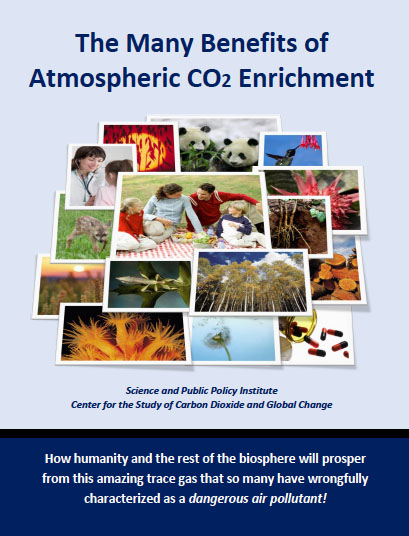
More News

The Influence of CO2 on Plant Antioxidants
Center for the Study of Carbon Dioxide and Global Change. "The Influence of CO2 on Plant Antioxidants.” Last modified January 8, 2015. http://www.co2science.org/subject/a/summaries/antioxidants.php.
Released On: 1/16/2015
Views: 6494
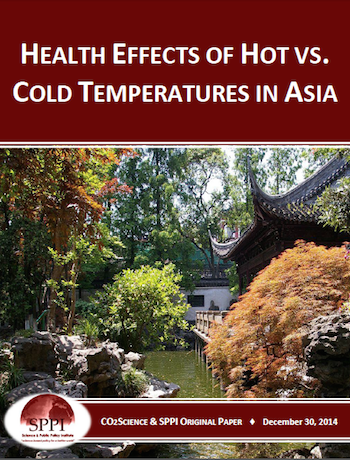
Health Effects of Hot Vs Cold Temperatures in Asia
Health Effects of Hot Vs Cold Temperatures in Asia.
Released On: 1/5/2015
Views: 6727
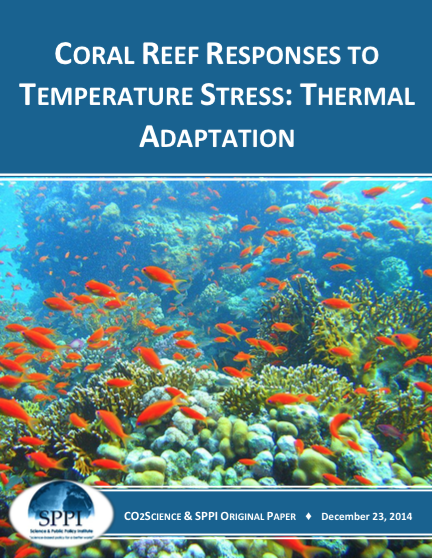
Coral Reef Responses to Temperature Stress: Thermal Adaptation
Coral Reef Responses to Temperature Stress: Thermal Adaptation. As living entities, corals are not only acted upon by the various elements of their environment,they also react or respond to them.
Released On: 12/29/2014
Views: 6361

Forest Growth Response to CO2
Forest Growth Response to CO2. By examining various properties of tree rings, researchers can deduce how historical increases in the air's CO2 concentration have already affected tree productivity and water use efficiency.
Released On: 12/29/2014
Views: 4987

Onward Marches the Great Pause
Onward Marches the Great Pause. Since October 1996 there has been no global warming at all (Fig. 1).
Released On: 12/29/2014
Views: 4029

RESPONSE OF VARIOUS MARINE ANIMALS TO OCEAN ACIDIFICATION AND WARMING
RESPONSE OF VARIOUS MARINE ANIMALS TO OCEAN ACIDIFICATION AND WARMING.
Released On: 12/8/2014
Views: 3686

FACE EXPERIMENTS AND GRASSLAND SPECIES
FACE EXPERIMENTS AND GRASSLAND SPECIES.
Released On: 12/8/2014
Views: 4261

EFFECTS OF OCEAN ACIDIFICATION ON FISH
EFFECTS OF OCEAN ACIDIFICATION ON FISH.
Released On: 12/8/2014
Views: 4276

Response of Fish to Ocean Warming
Response of Fish to Ocean Warming. According to the IPCC, CO2-induced global warming will be net harmful to the world's marine species.
Released On: 11/21/2014
Views: 4187

Long-Term Open-Top-Chamber Study of Sour Orange Trees
Long-Term Open-Top-Chamber Study of Sour Orange Trees. Eight 30-cm-tall sour orange tree (Citrus aurantium L.) seedlings were planted directly into the ground at the Agricultural Research Service's U.S. Water Conservation Laboratory in Phoenix, A ...
Released On: 11/21/2014
Views: 4214
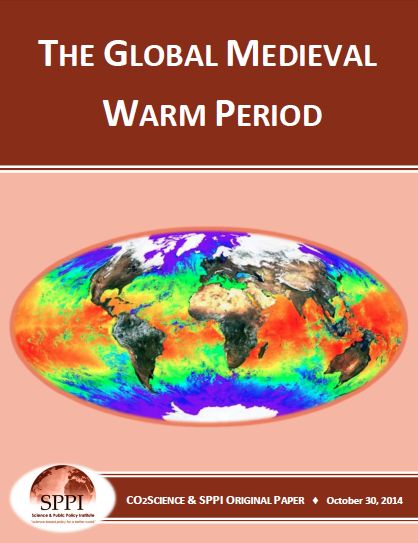
The Global Medieval Warm Period
The Global Medieval Warm Period. Between the 10th and 14th centuries AD, earth's average global temperature may have been warmer than it is today.
Released On: 11/21/2014
Views: 4028
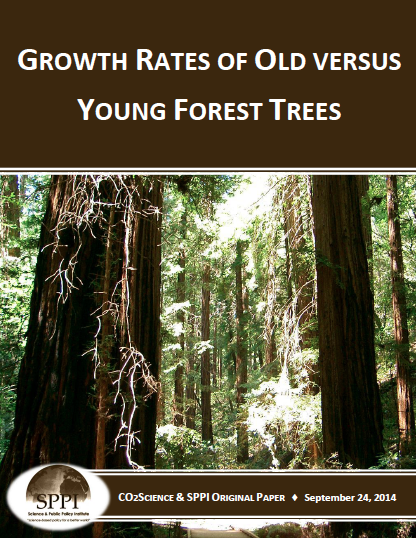
Growth Rates of Old versus Young Forest Trees
Growth Rates of Old versus Young Forest Trees. The planting and preservation of forests has long been acknowledged to be an effective and environmentally-friendly means for slowing climate-model-predicted CO2-induced global warming.
Released On: 9/30/2014
Views: 4290
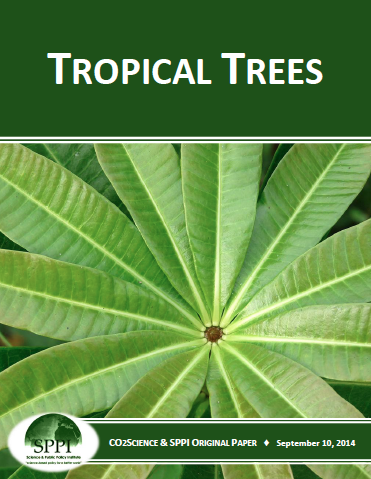
Tropical Trees
Citation: Center for the Study of Carbon Dioxide and Global Change. "Tropical Trees.”
Released On: 9/30/2014
Views: 4357
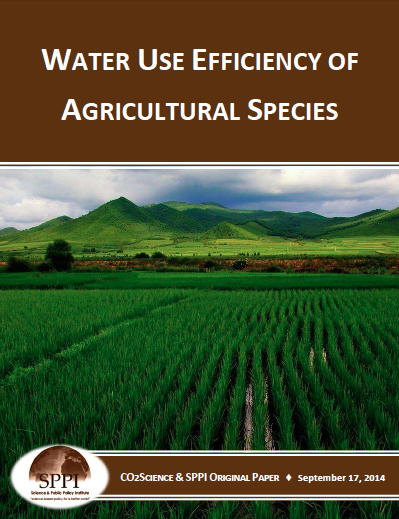
Water Use Efficiency of Agricultural Species
Water Use Efficiency of Agricultural Species.
Released On: 9/30/2014
Views: 4240
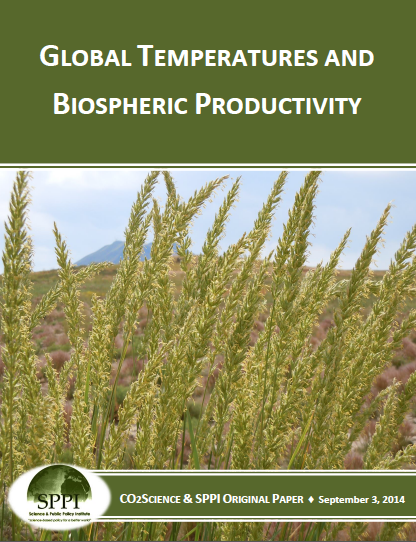
GLOBAL TEMPERATURES AND BIOSPHERIC PRODUCTIVITY
Global temperatures and biospheric productivity. Among the many climate-alarmist fears of CO2-induced global warming is the concern that the productivity of the biosphere will decline if global temperatures rise to the extent predicted by compute ...
Released On: 9/13/2014
Views: 4222
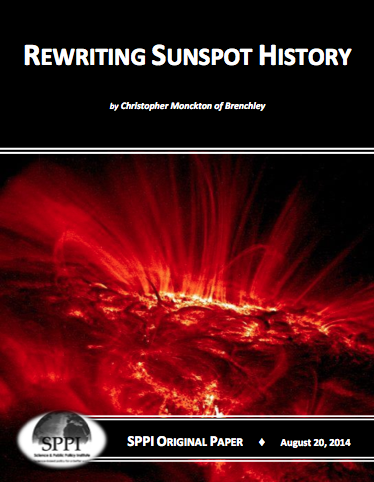
REWRITING SUNSPOT HISTORY
Rewriting sunspot history. In 2006, when I first made the mistake of writing publicly of my doubts about the Party Line on manmade global warming.
Released On: 9/13/2014
Views: 4284
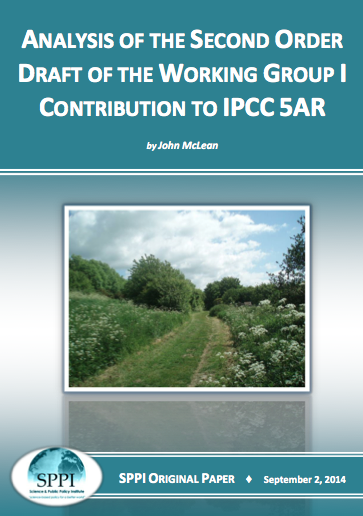
ANALYSIS OF THE SECOND ORDER DRAFT OF THE WORKING GROUP I CONTRIBUTION TO IPCC 5AR
ANALYSIS OF THE SECOND ORDER DRAFT OF THE WORKING GROUP I CONTRIBUTION TO IPCC 5AR. The preparation of IPCC Assessment Reports involves several stages.
Released On: 9/13/2014
Views: 4104
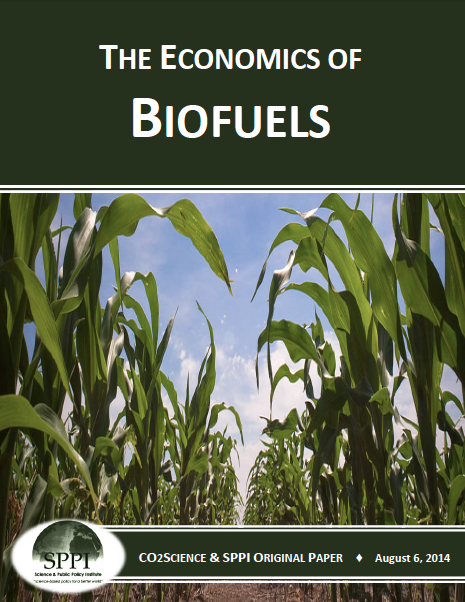
THE ECONOMICS OF BIOFUELS
The economics of biofuels. Aside from rejecting biofuel expansion and use for environmental reasons.
Released On: 9/13/2014
Views: 3944



